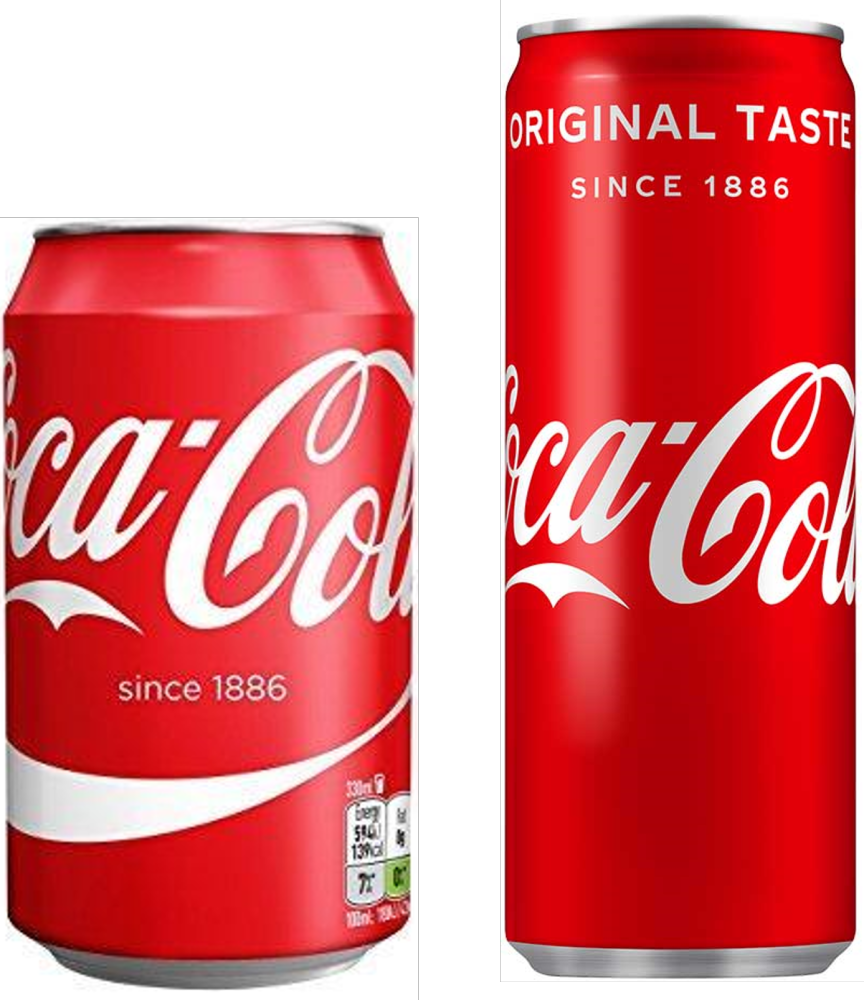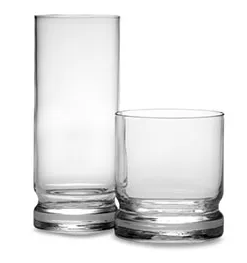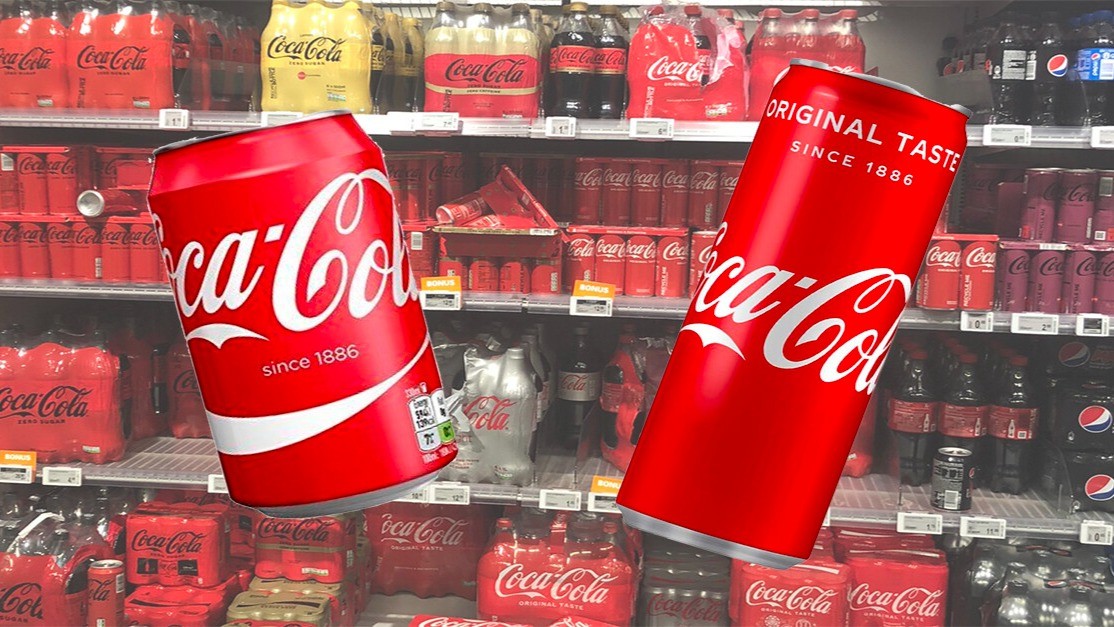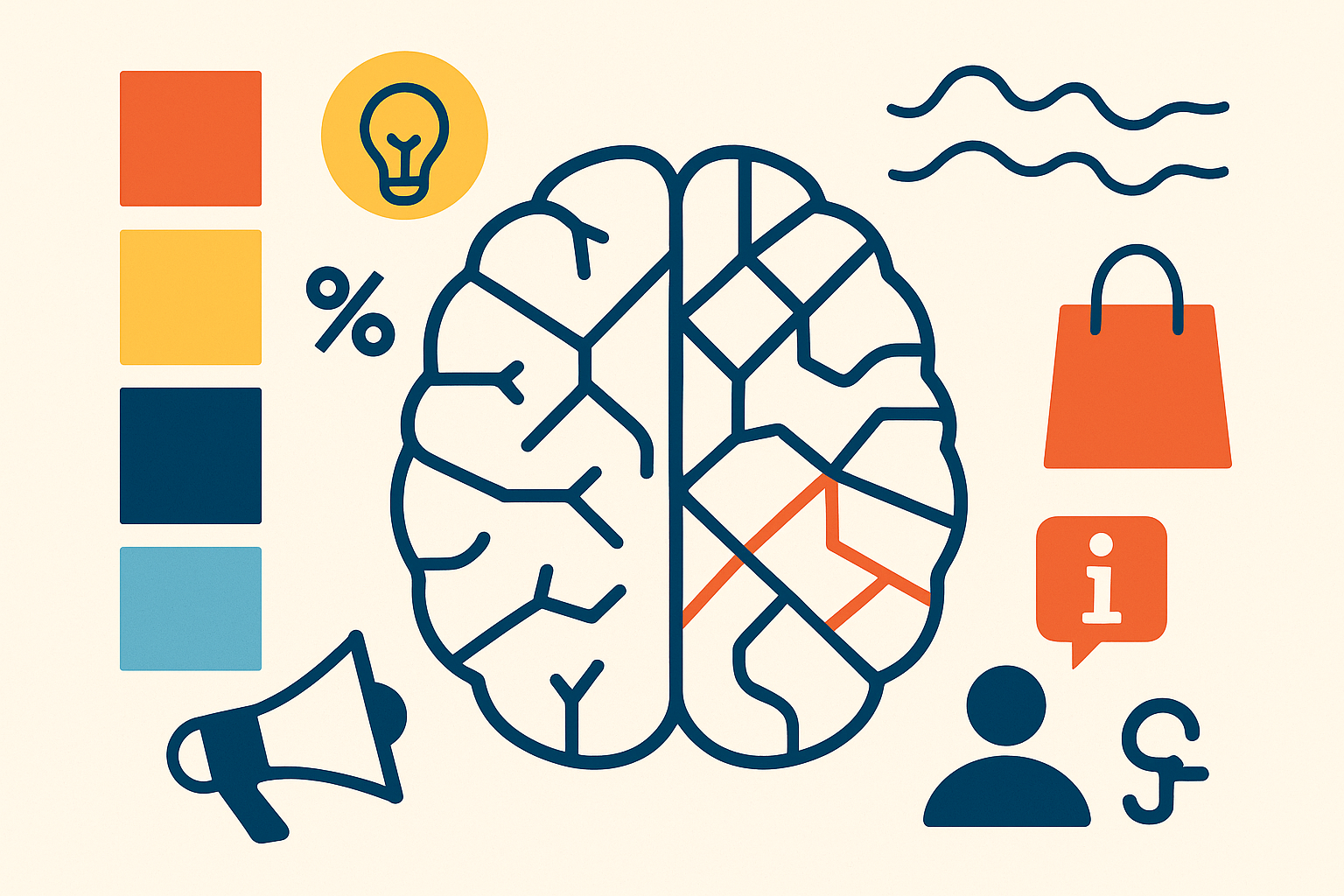Have you ever wondered why you might finish a tall glass of cola more quickly than a short, round one? Or why you often feel like you’ve consumed more when drinking from a wide, shallow cup compared to a sleek, elongated glass? It turns out that our perceptions of how much we’re consuming are heavily influenced by the shape of the container in front of us.
A fascinating study by Priya Raghubir and Aradhna Krishna dives into this phenomenon and reveals some surprising insights. Their research, published in the Journal of Marketing Research, examines how container shape affects consumers' volume perception, actual consumption, and overall satisfaction. Their findings are particularly relevant for drinks brands and retailers, as they offer a simple yet powerful way to influence consumer behaviour at the point of purchase and beyond.
The Science Behind Volume Perception
The study’s core argument is simple: the shape of a container—whether it’s a glass, bottle, or can—can significantly distort our perception of how much it holds. This is because people tend to use the container’s height as a shortcut to estimate volume. Taller containers are often perceived as holding more liquid, even when their volume is identical to shorter, wider containers.

This phenomenon is what the researchers call the "elongation effect." A tall, narrow glass or can is likely to be perceived as containing more than a short, wide glass or can, even if the actual volume is the same. This perception bias leads to several important behavioural consequences, from how much we consume to how satisfied we feel after finishing a drink.
How Perceptions Influence Actual Consumption
While the elongation effect might seem like a minor visual trick, its impact on consumer behaviour is profound. The researchers conducted a series of seven experiments to explore this in more detail. Their results consistently showed that people who believe they are consuming more liquid (from taller containers) are likely to consume more overall.
Interestingly, the same bias affects post-consumption satisfaction. After finishing a drink from a short, wide glass, people often feel they’ve consumed less, even if they’ve actually had the same amount as those who drank from a taller glass. This leads to a desire for more. The illusion can make us think we haven’t had enough, and we may be inclined to pour a second drink.

For drinks brands and retailers, this insight is pure gold. The shape of a container can encourage consumers to drink more and buy more. It also influences how satisfied they feel, which could affect their likelihood of purchasing again.
Practical Implications for Retailers and Brands
Let’s talk about the real-world impact of these findings. For retailers and drinks brands, container design isn’t just about aesthetics or branding—it’s a tool to drive sales and enhance customer satisfaction. Here’s how:
- Encouraging Repeat Purchases Through Satisfaction: Since short, wide glasses make people feel like they’ve consumed less, they may be more likely to order another round, thinking they haven’t had enough. On the flip side, tall glasses may make people believe they’ve consumed more, increasing feelings of satiety. For retailers, offering drinks in the right kind of glassware or packaging could subtly encourage repeat purchases or upselling.
- Optimising Package Design: The shape of a bottle or can could influence how customers perceive value. Drinks packaged in taller containers might be perceived as offering more value for money, even if the actual volume is the same as a shorter competitor. This insight could be especially useful for premium brands, which want to reinforce a perception of abundance or luxury without necessarily increasing costs.
- Health and Wellness Appeal: For brands catering to health-conscious consumers, container shape can play a role in portion control. Offering drinks in wider, shorter containers might help customers feel like they’ve consumed more, making them feel fuller and more satisfied. This could be a great tactic for brands marketing low-calorie drinks or those promoting mindful consumption.
- Event and Venue Design: Restaurants, bars, and events can use this research to optimise their drink offerings. Serving cocktails, beers, or even non-alcoholic beverages in taller glasses can subtly encourage more consumption, leading to increased sales. Similarly, for venues aiming to limit alcohol consumption (for health or safety reasons), using shorter, wider glasses might help patrons pace themselves better.
- Boosting Brand Perception: Packaging and glassware shape can also be a critical part of a brand’s identity. The Coca-Cola bottle, for example, is instantly recognisable not just for its logo but for its iconic contour shape. Drinks brands should consider the shape of their packaging as a fundamental part of their branding strategy. Using shapes that consumers perceive as generous or satisfying can lead to positive associations and potentially increase brand loyalty.
Navigating Consumer Expectations
While the findings suggest that tall containers might be the go-to design for maximising perceived volume, there are caveats. If consumers feel tricked—believing they’ve consumed more when they haven’t—their post-consumption satisfaction might dip. This is particularly important for high-end or premium products where customer satisfaction and experience are paramount.
Moreover, in cases where consumers are health-conscious or aiming to reduce their intake (such as with sugary drinks or alcohol), overestimating consumption can lead to negative experiences or even health concerns. Brands must balance the appeal of perceived abundance with the need for responsible consumption.
The Takeaway
The key message from this research is clear: the shape of a container has a tangible impact on how much people perceive they are consuming and how much they actually consume. For drinks brands and retailers, this provides a significant opportunity to influence buying behaviour, satisfaction, and brand perception through thoughtful packaging and glassware design.
Whether you’re a retailer deciding on glassware for your venue, or a drinks brand looking to innovate your packaging, remember that the devil is in the details. The height and shape of your containers could be the subtle nudge that encourages your customers to drink more, feel more satisfied, and, ultimately, keep coming back for more.
Unlock the power of behavioural science & transform your business with psychology-based insights. Adcock Solutions explain how your customers think and make decisions so that you can engage with them more effectively.
We have been improving the marketing communications of leading brands and retailers for more than 25 years.






